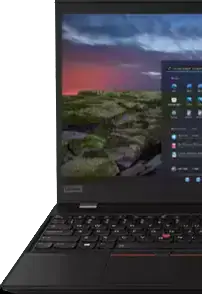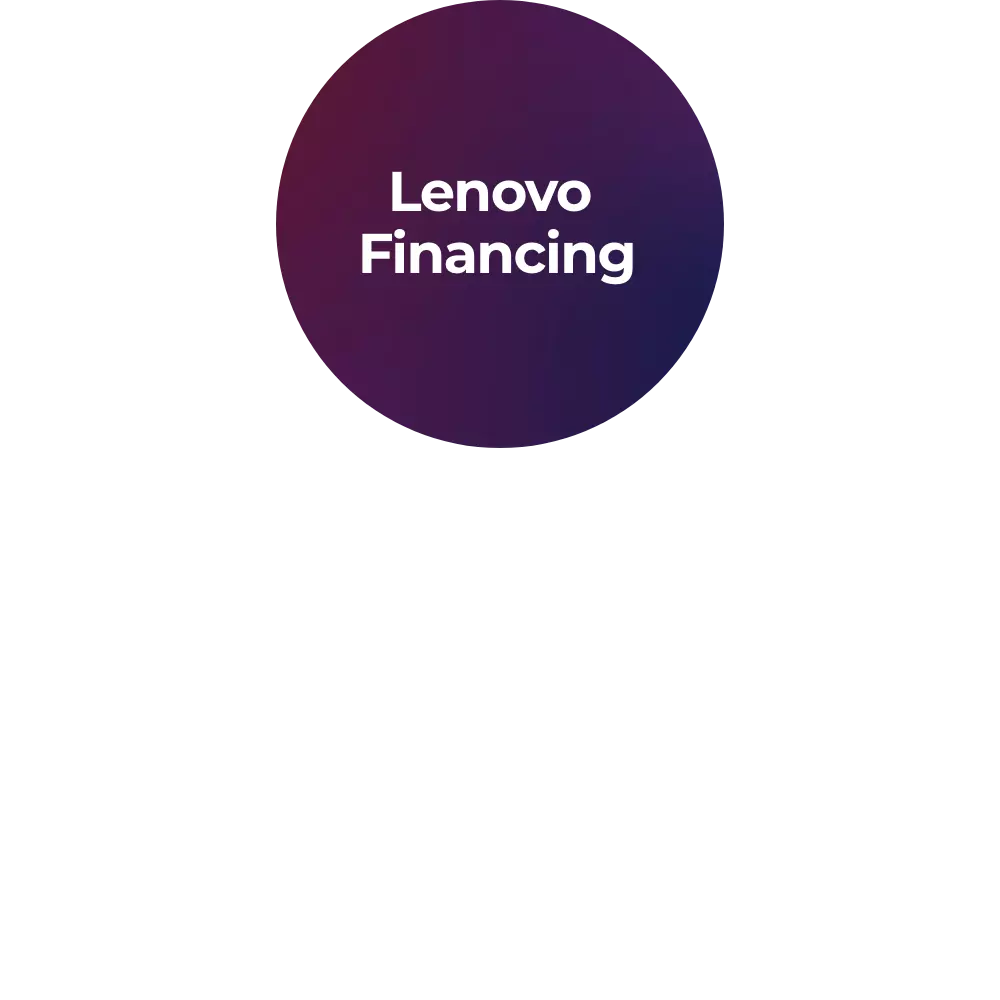What is an interrupt request (IRQ) and how does it relate to computing?
An IRQ is a fundamental mechanism in computing that allows devices to interrupt the central processing unit (CPU) when they need attention or action. When a device generates an IRQ, it suspends the CPU's current task to process the interrupt and respond accordingly.
What is the purpose of IRQs in technology?
IRQs play a crucial role in managing hardware interactions in computers. They enable devices like keyboards, mice, network cards, and more to signal the central processing unit (CPU) when they have data to transfer or require processing. This way, the CPU efficiently handles multiple tasks and ensures devices work harmoniously.
How many IRQ lines are typically available on a computer system?
Traditional systems have 16 IRQ lines (0 to 15), allowing up to 16 different hardware devices to request central processing unit (CPU) attention independently. With newer systems and advanced architectures, the number of IRQs can vary, but they are still essential for hardware coordination.
What happens when multiple devices attempt to use the same IRQ?
If multiple devices share the same IRQ, conflicts can occur, leading to malfunctions or instability. This issue is known as an IRQ conflict, and it can be resolved by reassigning IRQs or adjusting the hardware configuration.
Does IRQ sharing impact system performance?
Yes, IRQ sharing can affect system performance, especially if two essential devices, such as a graphics card and a sound card, share the same IRQ. This situation can lead to reduced performance or latency issues. Modern systems use advanced techniques to minimize IRQ sharing.
What are the common methods to view IRQ assignments in an operating system?
In Windows, you can check IRQ assignments through the Device Manager. Open it, locate the device of interest, right-click, choose "Properties," go to the "Resources" tab, and view the IRQ information. On Linux®, you can use terminal commands like cat /proc/interrupts to see IRQ details.
What happens during an IRQ handling process?
When an IRQ is triggered, the central processing unit (CPU) halts its current operation, saves the current context, and jumps to the corresponding IRQ handler routine. The handler processes the interrupt, saves necessary data, performs actions as required, and then restores the CPU context to resume normal execution.
Are all IRQs generated by external hardware devices?
No, not all IRQs are generated by external hardware. Some IRQs can be internally generated by the central processing unit (CPU) to signal critical events or errors. These internal IRQs are essential for system stability and error handling.
What do I mean by cascading IRQs in computer systems?
Cascading IRQs involve using one IRQ line to manage several IRQs simultaneously. In older systems with limited IRQ lines, this technique allowed multiple devices to share a single IRQ. However, modern systems and advanced architectures have made cascading IRQs less common.
How does a device request an IRQ from the central processing unit (CPU)?
When a device requires CPU attention, it sends a signal through its IRQ line to the interrupt controller. The interrupt controller then prioritizes the requests and informs the CPU, which suspends its current task and handles the interrupt according to its priority.
What are the advantages of using IRQs for hardware communication?
IRQs offer several advantages, including efficient central processing unit (CPU) utilization, low latency for time-sensitive tasks, and the ability to handle various devices simultaneously. They ensure smooth data flow between hardware and the CPU, making the system more responsive and capable of multitasking.
Does the order of IRQ priority affect device performance?
Yes, the order of IRQ priority can impact device performance. Higher-priority devices get faster access to the central processing unit (CPU), leading to reduced latency and quicker responses. Adjusting IRQ priorities can optimize system performance, particularly in scenarios where low latency is crucial.
How can I identify IRQ bottlenecks that affect system performance?
You can use various tools and monitoring utilities to identify IRQ bottlenecks. Performance monitoring software like Task Manager in Windows or top in Linux® can help you track central processing unit (CPU) usage and IRQ activity. If a specific IRQ shows unusually high usage, it may indicate a bottleneck.
How is the concept of IRQ related to real-time operating systems (RTOS)?
In real-time operating systems, IRQs are crucial for time-critical tasks. Devices like sensors or actuators generate interruptions, and the RTOS must handle them promptly to meet strict timing requirements. RTOS designs carefully prioritize and manage IRQs to ensure timely and predictable responses.
Can IRQs be reassigned manually in Linux®?
Yes, in Linux®, IRQs can be manually reassigned through the kernel's advanced configuration and power interface (ACPI) tables. However, manual IRQ reassignment requires a thorough understanding of the system and should be attempted by experienced users to avoid potential issues.
What role does the basic input/output system (BIOS) play in managing IRQs?
BIOS handles hardware initialization, including managing IRQ assignments during the boot process. It sets up the interrupt controllers and configures IRQ priorities, ensuring a stable hardware environment for the operating system to function correctly.
How can I optimize IRQ handling for better system performance?
To optimize IRQ handling, ensure your hardware drivers are up to date, and the basic input/output system (BIOS) is running the latest version. Avoid unnecessary hardware, as it reduces IRQ conflicts. Consider using message signaled interrupt (MSI/MSI-X) if supported, and monitor system performance to identify and resolve any IRQ-related issues promptly.
How do modern operating systems handle IRQ management compared to older ones?
Modern operating systems have advanced IRQ management techniques to reduce conflicts and improve performance. They use techniques like plug and play (PnP) to automatically detect and configure hardware, dynamically assign IRQs to devices, and utilize message signaled interrupt (MSI/MSI-X) for direct interrupt delivery, reducing the need for IRQ sharing.
Can IRQs be virtualized in virtual machine environments?
Yes, IRQ virtualization is possible in virtual machine (VM) environments. Virtualization software, like VMware or VirtualBox, can emulate virtual IRQs for the VM's devices. The host operating system (OS) manages the physical IRQs, while the guest OS inside the VM handles the virtual IRQs.
Can I manually set IRQ priorities in the basic input/output system (BIOS) for better performance?
While some BIOS versions allow manual IRQ priority adjustments, it is generally not recommended for average users. Incorrect settings may lead to system instability or failures. Modern systems handle IRQ priorities automatically, and tampering with these settings can cause more harm than good.
Can IRQ sharing cause performance issues in multi-graphics processing unit (GPU) configurations?
In multi-GPU configurations, IRQ sharing can lead to performance issues. Each GPU might require dedicated bandwidth to communicate with the central processing unit (CPU). Sharing IRQs between GPUs and other devices can create bottlenecks and hamper performance. Ensuring proper IRQ allocation can optimize multi-GPU setups.
What is the impact of IRQ handling on power consumption?
IRQ handling can impact power consumption in computing systems. Excessive IRQ activity, particularly when dealing with poorly optimized drivers or malfunctioning devices, can result in higher central processing unit (CPU) usage, leading to increased power consumption. Efficient IRQ management helps conserve power and prolong battery life in mobile devices.
Can IRQs be shared between different processor cores in a multi-core system?
Yes, IRQs can be shared between different processor cores in a multi-core system. Modern interrupt controllers support distributing interrupts across cores to optimize central processing unit (CPU) usage. This capability enhances performance by allowing multiple cores to process IRQs simultaneously.












